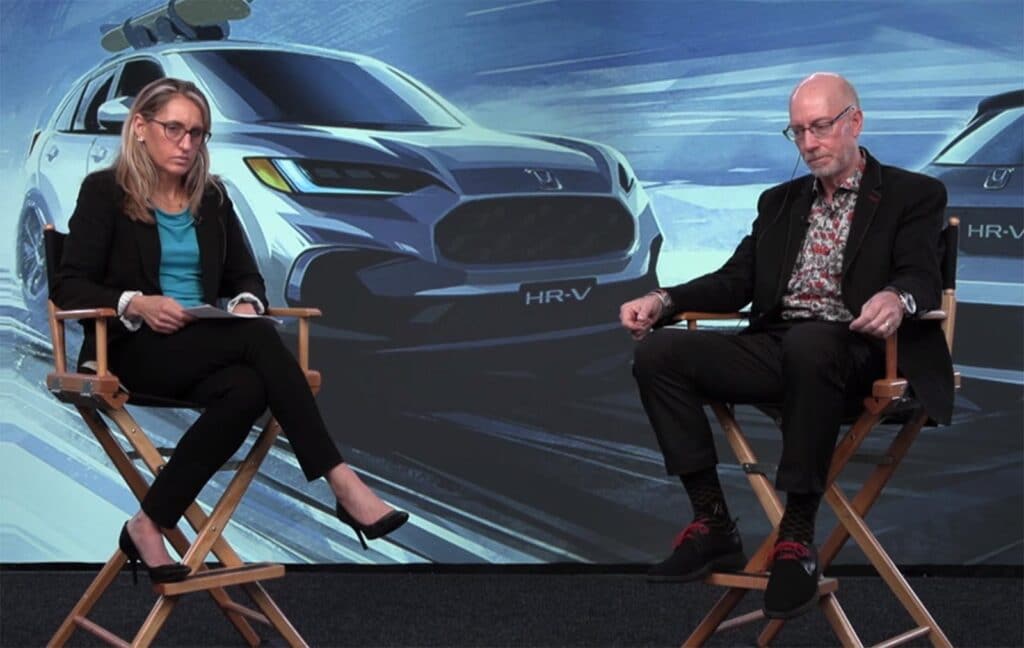
Like the industry overall, Honda saw a sharp decline in U.S. car sales in 2021, and with only a relative handful of vehicles in dealer inventory as the New Year begins, 2022 is likely to see another decline in sales, said Dave Gardner, executive vice president of national operations for American Honda.
And with barely 20,000 vehicles in dealer inventory — down from 320,000 at the start of 2021 — that is forcing a major change in the way Honda does business, Gardner said. Rather than being able to immediately buy a vehicle off the lot, Honda customers today are more likely than ever to place advance orders and wait for delivery. And that new model is likely to continue, even in a post-COVID world, he added.
“Based on what we know today, it will be a challenge to match last year’s sales,” the executive said during a virtual media roundtable on Wednesday afternoon.
COVID and semiconductors shortages deliver 1-2 punch
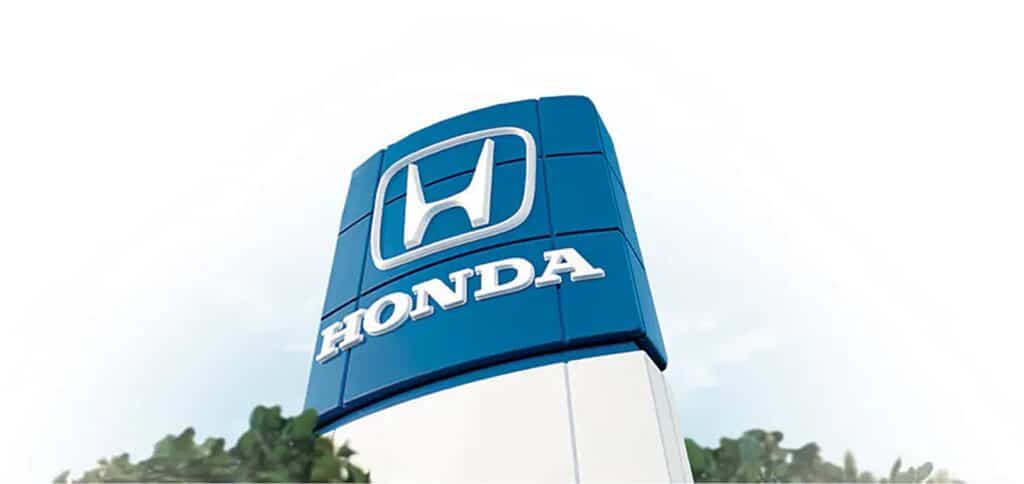
COVID-related shutdowns created plenty of headaches for Honda — and the rest of the industry, especially when North American automotive manufacturing was ordered to shut down for nearly three months during spring 2020. But just as the economy began to rebound late in the year, with car sales starting to surge, the industry was hit with a shortage of semiconductors that resulted in on-and-off production cuts for all of 2021.
As a result, Honda brand sales came in at 1.47 million vehicles for the year, with high-line Acura contributing another 157,000 sales. The current forecast for 2022 is between 1.2 million and 1.3 million for Honda, and another 120,000 for Acura.
The good news is that supplies of semiconductor chips are returning to more normal conditions, though Gardner cautioned that the industry is “not out of the woods” yet.
And even were production to return to normal in 2022, the year is off to a bad start from an industry level due to the previously mentioned dearth of inventory on dealer lots.
A blessing in disguise?
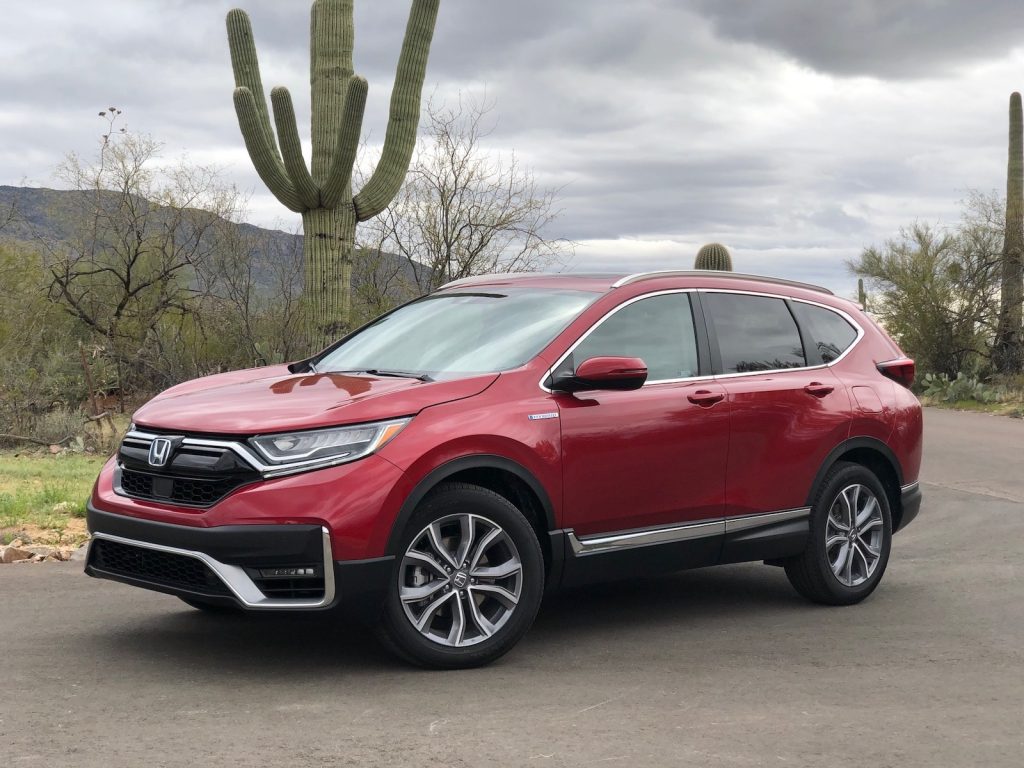
That may be holding down sales and making it difficult for dealers, but the situation may be something of a blessing in disguise, suggested Gardner. For decades, the industry mantra was U.S. buyers wanted to drive up to a dealer, trade in and drive home with a new vehicle, all in the same day. The ongoing shortages have shown, however, that “customers want to do more of the transaction online,” and many are willing to place orders and wait, he said.
Though Honda does hope to rebuild inventories — to some degree — Gardner said “I don’t think we intend to go back to the old ways.” Maintaining enough vehicles on a dealer lot to handle the industry norm 60 to 65 days of sales, he explained, is costly and ineffective.
Honda isn’t alone. Most of its competitors expect to reduce inventories, even when production levels return to normal, some looking at a “new normal” closer to 30 days of inventory, perhaps even less.
Prices surge
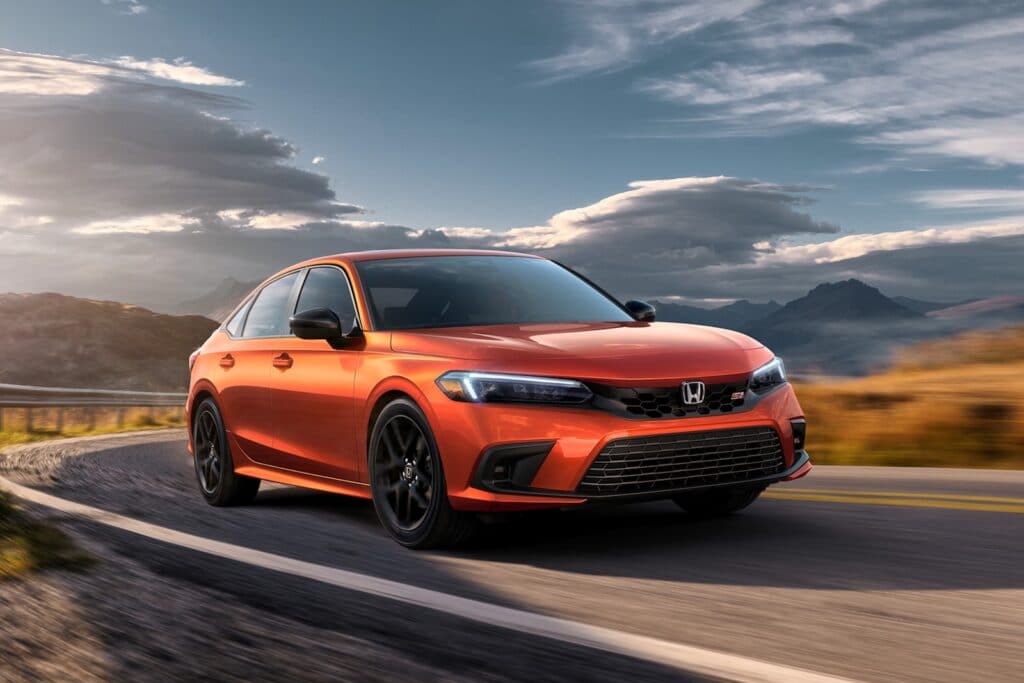
A switch like that has several advantages for manufacturers like Honda, as well as their dealers. It makes it easier to align production with current sales levels and deliver the products that are selling when market conditions change. It reduces hefty inventory holding costs. And the industry has discovered that when inventories are low there is less of a need for dangling big incentives in front of customers.
“Think back two years ago,” said Gardner. “When did you ever hear of cars selling of MSRP? Now that’s the start of the conversation.”
New car prices surged to a record average of $47,077 during December, according to a report by Kelley Blue Book released this week.
Gardner cautioned that the increase in average transaction prices, or ATPs, can be misleading. For one thing, new vehicle buyers are largely ignoring entry-level trim packages. That’s why Honda dropped the Civic DX trim, he explained. Most customers are moving up to more well-equipped models, the Civic Sport now the most popular option. And the numbers also reflect the move from sedans and coupes to more expensive SUVs and CUVs, added Gardner.
The Year of the Crossover
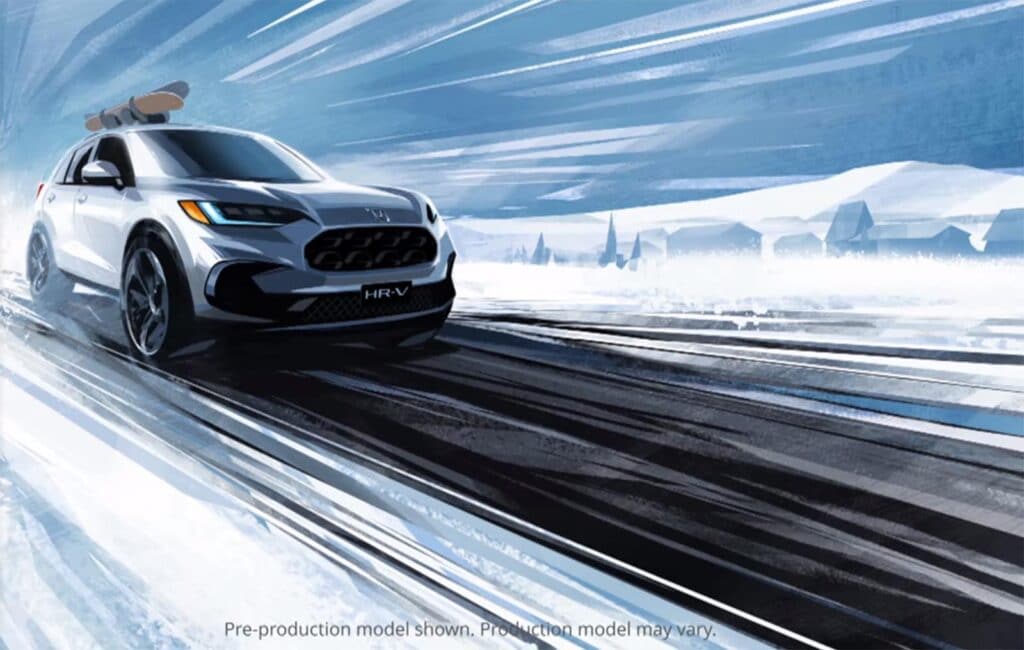
Unlike some competitors, like Ford and General Motors, he said, Honda remains committed to maintaining entries in passenger cars, and it will continue to offer the entry Civic nameplate — which was named North American Car of the Year earlier this week.
That said, Honda is billing 2022 as “the year of the crossover, with refreshed product for all segments we compete in.”
There will be a new version of the entry model, the HR-V unique to North America, as well as a big update of the CR-V, Honda’s best-selling model in the U.S., and the Pilot also will undergo a major update.
But Honda will continue to renew its passenger car models, Gardner added. The refreshing of the Civic line-up will bring an all-new version of the high-performance Type-R to market later this year, along with a new Integra model meant to set a new design direction for Acura.
Electrifying plans
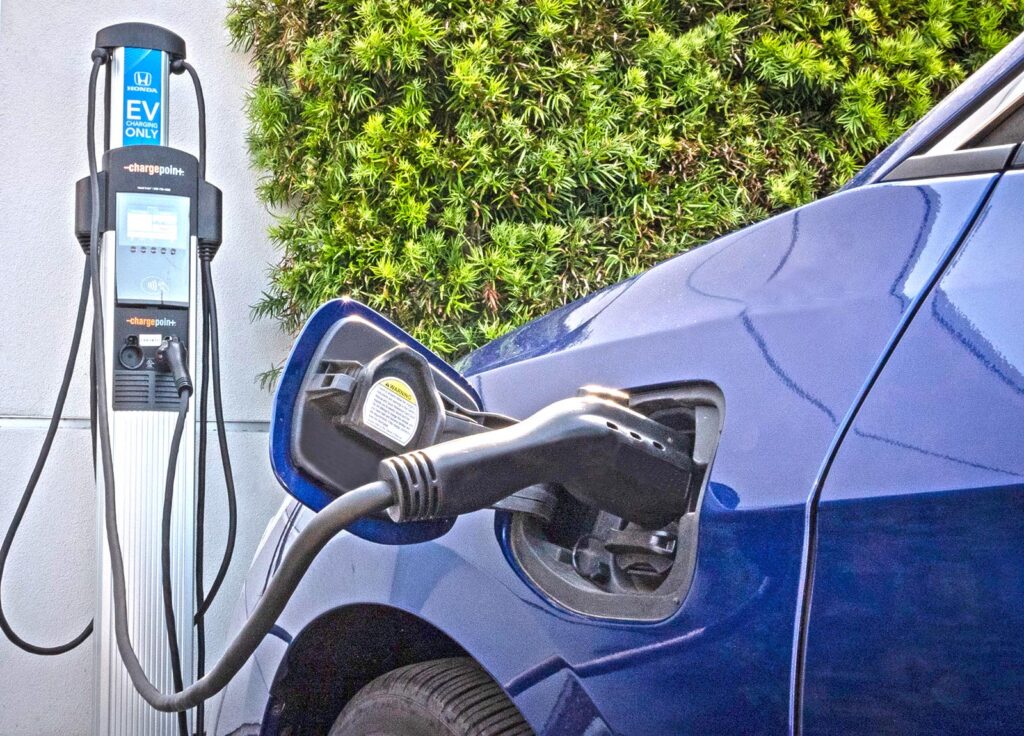
One of the surprises outlined by Gardner was a shift in direction on electrification. Until recently, Honda appeared to be on track to deliver a mix of hybrids, plug-in hybrids and pure battery-electric vehicles.
Right now, the hybrid versions of models like the CR-V are averaging about 10-15% of total sales. He sees that jumping to 50% during the next several years. Honda will bring out its first long-range battery-electric vehicles, the Honda Prologue and an unnamed Acura model, in 2024.
But long term, Gardner said Honda will move away from plug-in hybrids, which don’t go far enough to meet increasingly stringent mileage and emissions levels. And even conventional hybrids won’t do the trick.
“It’s fair to say our portfolio will go from internal combustion to hybrids,” said Gardner, but then, “We’re going jump directly to battery-electric technology.”
from "short" - Google News https://ift.tt/3qsPhlj
via IFTTT
Bagikan Berita Ini















0 Response to "US Sales, Inventories Set to Fall Short Again in 2022, Warns Senior Honda Exec - Paul Eisenstein"
Post a Comment